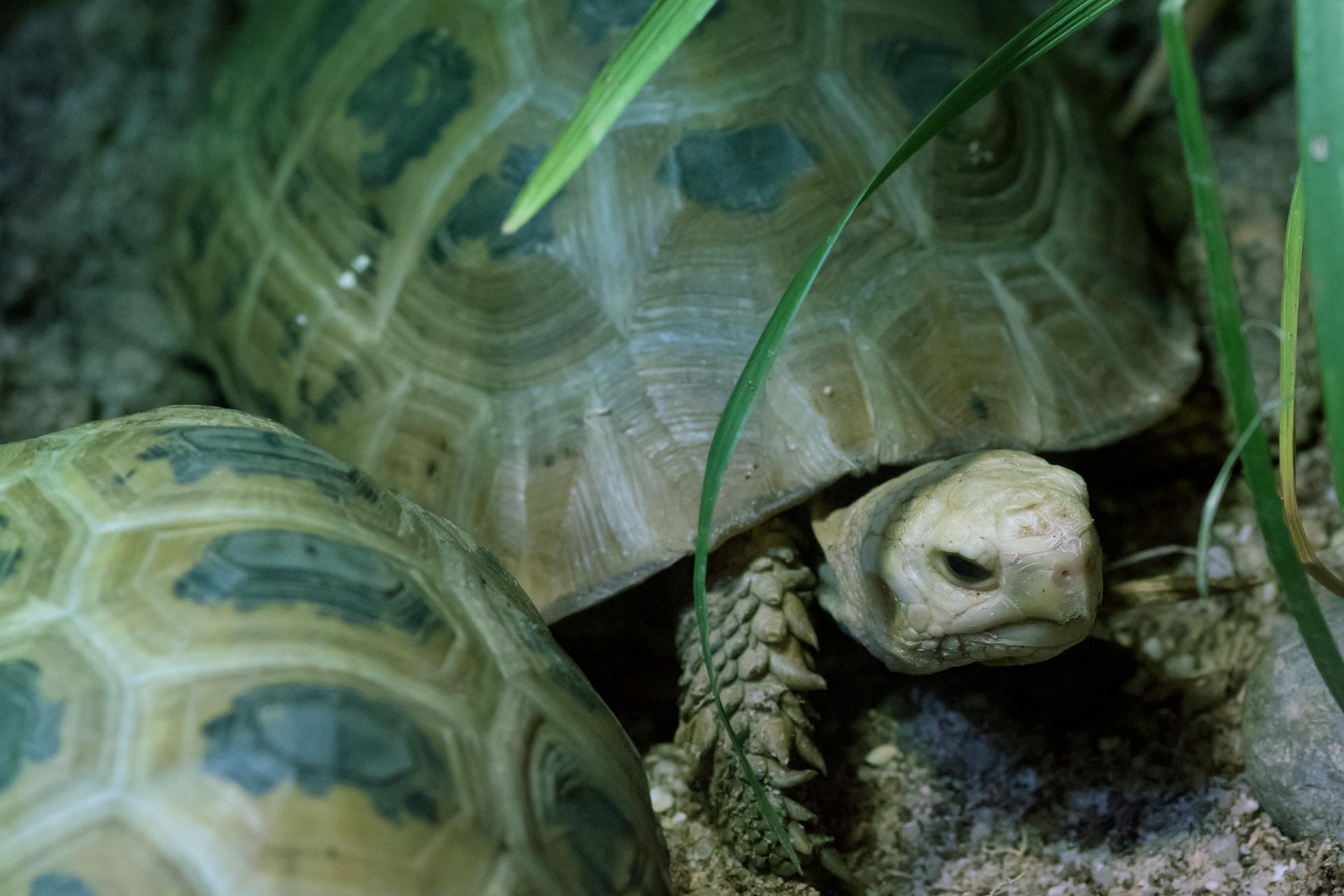Body Image

Body image is a person’s attitude and perception towards their physical appearance.
Perceptions are made up of thoughts and feelings and can be either positive or negative. While body image can be linked to eating disorders or body dysmorphia, it is not uncommon for most people to feel some form of body dissatisfaction. Poor body image can become problematic when it interferes with a person’s ability to enjoy, function and engage in life.
Blocks
Below you will find three common blocks (barriers and misconceptions) that can effect our attitude to our body image.
-
Over-evaluation of the importance of appearance
People who report lower levels of body dissatisfaction tend to place a higher level of importance on appearance. They feel that how they look is a significant part of their identity. As a result, they may spend unhealthy amounts of time on their appearance at the expense of other areas of their life (e.g. study, relationships). This can lead them to feel depressed and anxious.
-
Internalisation of the thin ideal
Individuals with poor body image are more likely to have adopted cultural messages around beauty and thinness. Those who are at greater risk of internalising these messages include individuals with low self-esteem and perfectionistic traits.
-
High exposure to media or social circles that emphasise appearance
People with poor body image may engage more frequently (and implement less critical thinking) with media content that places a high emphasis on physical perfection. In addition they may also be surrounded by friends or family who reinforce these unhealthy messages and confirm the importance of appearance, weight or body shape.
Boosters
Below are three things you can do to boost success.
-
Engage in activities that make you feel good about being in your body
Choose to engage in movement or activities that help you to feel positive about your body. This could be walking your dog, dancing or playing a sport. If you’re at home, try some of the many online classes that are available such as yoga or dancing (refer to our Mind & Body page for some examples). Or you might even just want to start with some gentle stretching in front of the TV at night. Finding fun ways to move your body (like we tend to do naturally when we’re kids) is a healthy way to improve your relationship with your body.
-
Focus on what your body can do

Instead of focusing on what your body looks like, turn your attention to what your body can do. We can get so caught up in how we look that we can forget the functions of our body! Next time you find yourself criticising your body or appearance, name 3 things that your body does (e.g. I can breathe without having to try, my legs take me through the day, my hands allow me to create), and notice how over time this shifts your perception of your body.
-
Critically examine media images
We live in a culture that is saturated by images of people who appear to be perfect. While it is not realistic to eliminate our exposure to all media, we can critically evaluate what we see. As well as keeping in mind that the majority of images we see are photo shopped and airbrushed, it can also be helpful to ask yourself, what might the person in the picture have to do to look that way?
Need more info?
Explore these informative websites:
- The Butterfly Foundation - offers phone and online counselling
- How far is too far
- Reach Out - body image
- Inside Out Institute - about eating disorders
